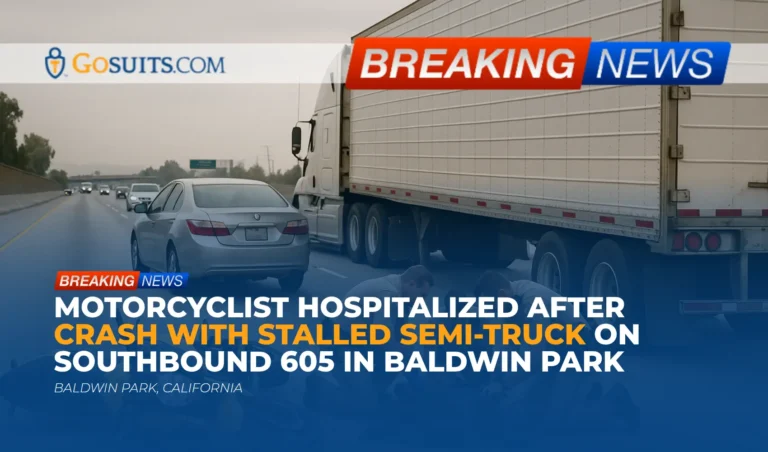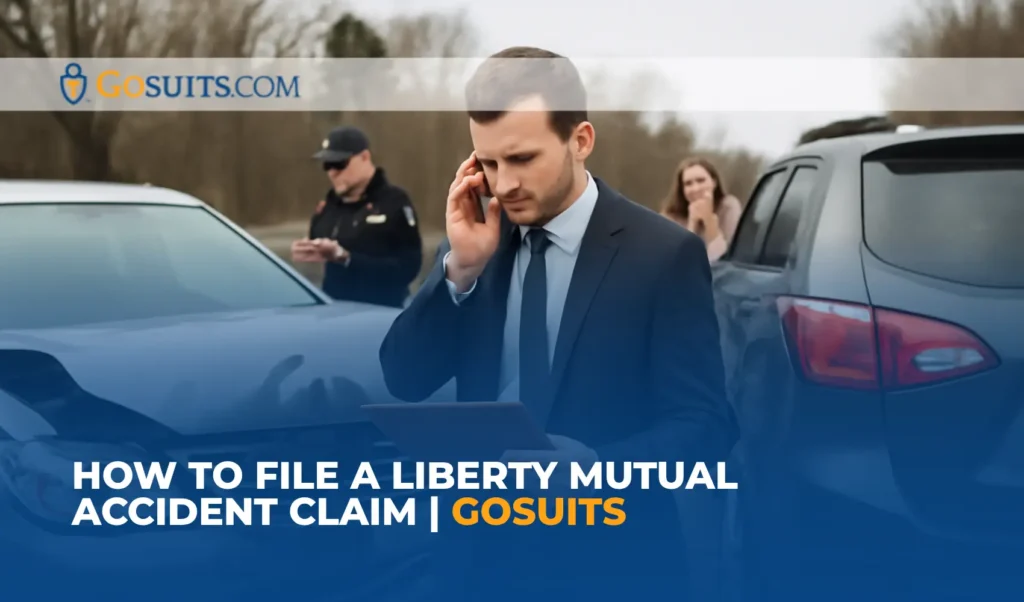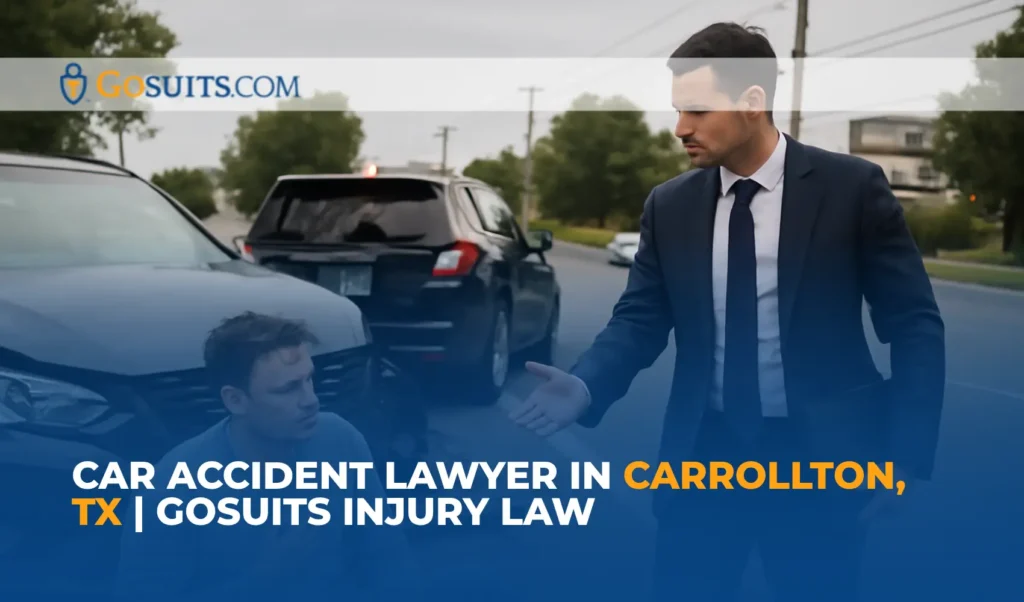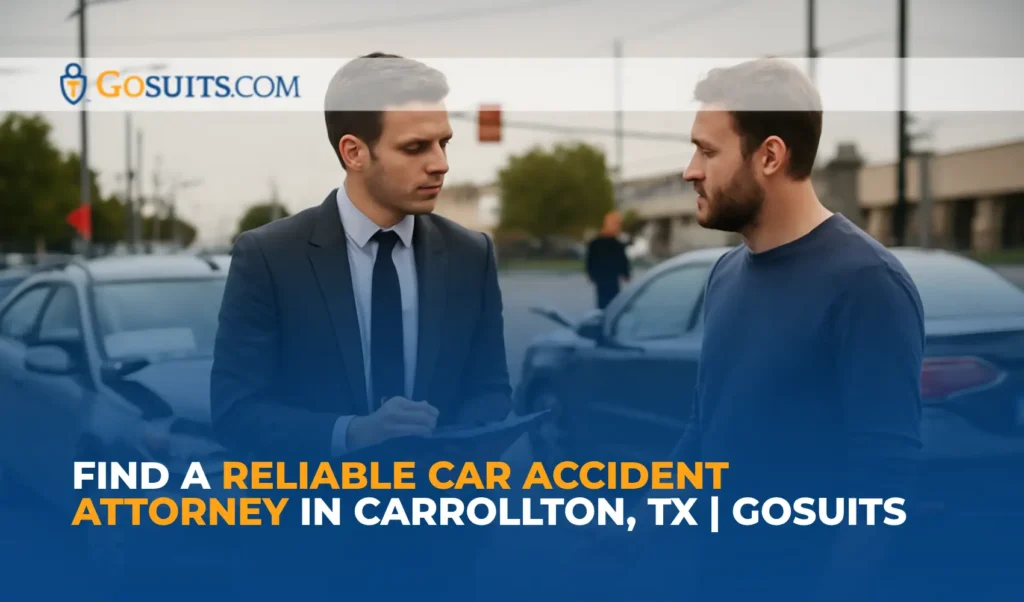- Summary of the Incident
- Timeline and Key Facts
- Who Was Involved
- Injuries and Medical Response
- Possible Causes and Civil Liability Considerations
- Investigation and Evidence to Preserve
- Insurance Implications in California
- Practical Steps for Crash Victims and Families
- Agencies and Places to Contact for Records or Help
- Frequently Asked Questions
- Commentary from Gosuits Baldwin Park, California Personal Injury Attorney
Summary of the Incident
According to local reporting and statements from the California Highway Patrol (CHP), a multi-vehicle collision occurred on the southbound 605 Freeway in Baldwin Park, just south of Ramona Boulevard, on a weekday morning at approximately 9:41 a.m. The crash involved three vehicles: a motorcycle, a semi-truck, and a sedan. The semi-truck reportedly had stalled in the travel lanes before the collision. The motorcyclist sustained injuries, complained of pain at the scene, and was transported to Los Angeles General Medical Center for treatment. No other injuries were reported. The collision temporarily closed three southbound lanes of the 605, and CHP continues to investigate. CHP’s Baldwin Park Area Office asked anyone with information to contact them at (626) 338-1164.
Timeline and Key Facts
- Time: About 9:41 a.m. (weekday morning commute).
- Location: Southbound 605 Freeway, just south of Ramona Boulevard — within Baldwin Park, California.
- Vehicles involved: Motorcycle, a semi-truck (reported stalled), and a sedan — three total vehicles.
- Immediate outcome: Motorcyclist injured and transported to Los Angeles General Medical Center. No other reported injuries.
- Traffic impact: Temporary closure of three southbound lanes; meaningful commuter delay.
- Investigation: California Highway Patrol investigating; witnesses asked to contact CHP Baldwin Park Area Office at (626) 338-1164.
Who Was Involved
The publicly reported parties in the incident are:
- The motorcyclist — described as injured and taken to the hospital. The report does not provide an identity or age, and identifying private individuals should be avoided unless information is already public.
- The semi-truck driver and the trucking vehicle — reported to have stalled in a freeway lane prior to the collision.
- A sedan driver — the third vehicle involved.
- First responders — California Highway Patrol (CHP) and Los Angeles County Fire Department personnel responded to the scene.
Injuries and Medical Response
Available reports indicate the motorcyclist sustained injuries and complained of pain; they were transported to Los Angeles General Medical Center for treatment. At the time of reporting, no other physical injuries were reported among the other drivers.
Important medical-related points for crash victims and families:
- Seek prompt medical evaluation even for minor symptoms — some injuries (e.g., internal injuries, concussion, soft-tissue damage) may not be immediately obvious.
- Keep careful records of all medical visits, treatments, imaging, prescriptions, and rehabilitation. Those records form the core of any later civil claim for damages.
- If emergency responders created a patient-care report or the hospital created an emergency department record, request copies for your files and preserve them for investigators and claims adjusters.
Possible Causes and Civil Liability Considerations
From a civil personal injury perspective, several liability theories might be relevant depending on the results of the CHP investigation and the available evidence. The information below is intended to explain common legal considerations and is for educational purposes only.
- Negligent operation by the truck driver: If the truck stalled because of improper operation (e.g., failure to maintain the vehicle in safe condition, ignoring warning signs), the truck driver could be liable.
- Vehicle maintenance or mechanical defect: If a mechanical failure caused the truck to stall (brakes, transmission, engine), liability may extend to the trucking company, maintenance provider, or manufacturer depending on fault.
- Failure to warn or secure the scene: Commercial vehicles stopped in travel lanes should be appropriately marked or protected (hazard lights, cones if available). Failure to provide a reasonably safe warning can support a negligence claim.
- Liability of other vehicle drivers: The sedan driver’s actions might be relevant if they contributed to risk (unsafe lane change, following too closely, distracted driving). Each driver’s conduct will be examined for negligence.
- Comparative fault: California applies comparative negligence. If the motorcyclist had some partial responsibility (speed, lane positioning), any recovery could be reduced proportionally.
- Vicarious liability: If the semi-truck was operating in the course of employment, the employer (trucking company) can be vicariously liable for the driver’s negligence.
- Regulatory violations: Commercial trucking is highly regulated. Violations of federal or state regulations (hours-of-service, vehicle inspection, logbook irregularities) can be evidence of negligence or dangerous practices.
Investigation and Evidence to Preserve
Evidence preservation is critical for understanding how the crash occurred and for protecting the legal rights of injured parties. The CHP is conducting the formal investigation; the following items are commonly used in civil investigations:
- Official reports:
- CHP collision report — request a copy once the report is available. The report typically contains officer observations, diagram, and witness statements.
- Fire/EMS patient-care report — documents emergency medical findings and on-scene condition.
- Medical records: Emergency department notes, imaging (X-ray, CT, MRI), diagnosis, treatment plan, prescriptions, and follow-up notes.
- Photographs and video: Photos of vehicle damage, road conditions, skid marks, debris, and traffic signage. Video could come from dashcams, commercial traffic cameras, nearby businesses, or other drivers’ phones.
- Witness contact information and statements: Secure names and phone numbers of on-scene witnesses while memories are fresh. Witness statements can corroborate sequencing and behaviors.
- Commercial vehicle records: For the semi-truck, investigators can seek maintenance logs, inspection records, electronic control module (ECM) data, driver logbooks, carrier insurance, and load manifests. Those records are often central to claims against trucking companies.
- Black box/ECM and GPS: Many commercial trucks have electronic recorders that can show speed, engine status, brake application, and vehicle location at the time of the crash.
- Traffic-camera and freeway data: State or local traffic-management centers may have footage showing the sequence that led to the collision.
Insurance Implications in California
Insurance processes in a crash involving a motorcycle and a commercial vehicle can be complex. Below are important insurance topics to understand:
- Liability insurance for commercial trucks: Commercial auto liability policies typically carry high coverage limits because of the potentially severe damages. If the truck driver or carrier is at fault, the carrier’s liability insurer is the likely primary source of compensation for pain and suffering, medical bills, and other damages.
- Motorcycle owner’s insurance: If the motorcyclist has coverage such as uninsured/underinsured motorist (UM/UIM) benefits, those can matter when the at-fault party’s insurance is insufficient.
- Health insurance considerations: Health insurance may cover initial medical costs; however, insurers or plan administrators may seek reimbursement from any later settlement (subrogation). Keep records and notify your health insurer about the crash.
- Reporting to insurers: Be careful when speaking with insurance adjusters. What you say can be used later. It is strongly recommended to consult a seasoned personal injury attorney before giving recorded statements or detailed interviews to the at-fault carrier.
- Time limits: California has statute of limitations for personal injury claims (generally two years for personal injury, with some exceptions). Early attention to claims preserves rights and evidence.

Practical Steps for Crash Victims and Families
The following steps are practical actions families and injured people can take after a crash like the one reported on the southbound 605 Freeway. These steps are for educational purposes and general information:
- Prioritize medical care. Get checked by emergency or primary care providers and follow up on all recommended care.
- Preserve evidence. Keep vehicle parts, helmets, damaged clothing, and photos in a secure place. Request copies of all medical and incident reports.
- Get the police report. Obtain the CHP collision report when available; it will be a key document in any claim.
- Collect witness information. If you have witness names or phone numbers, preserve them and give them to investigators or counsel.
- Limit statements to insurers. Notify your own insurer but avoid providing recorded statements to the other party’s insurer without first consulting a skilled personal injury attorney. What you say may be used to argue you are partially or wholly at fault.
- Document losses. Track medical costs, lost wages, transportation, and other expenses related to the injury.
- Consider legal review. Speak with a seasoned personal injury attorney for a free consultation before agreeing to any settlement or signing releases. An early consultation helps you understand your rights and what evidence may be important.
Agencies and Places to Contact for Records or Help
Below are public agencies and resources that victims and families commonly contact after a freeway collision in the Baldwin Park area. The CHP provided a specific phone number for the Baldwin Park Area Office in the news report: (626) 338-1164.
- California Highway Patrol (CHP) — For the official collision report and investigation updates: https://www.chp.ca.gov/
- California Department of Motor Vehicles (DMV) — Information about post-collision reporting obligations and vehicle reporting: https://www.dmv.ca.gov/
- National Highway Traffic Safety Administration (NHTSA) — Motorcycle safety guidance and national crash data: https://www.nhtsa.gov/road-safety/motorcycles
- Caltrans — Roadway safety programs, reporting highway hazards, and information about freeway operations in California: https://dot.ca.gov/
- Los Angeles County Medical Examiner-Coroner — Contact if a death is involved and an examination is required (not applicable in this reported crash but useful to know): https://mec.lacounty.gov/
- Local emergency responders — Los Angeles County Fire Department or other local 911 services for on-scene emergency response.
Frequently Asked Questions
Q: If the truck stalled in the lane, who is usually responsible?
A: Responsibility depends on the cause. If the truck stalled due to a mechanical failure that the owner or carrier failed to maintain, the owner/operator or employer may be liable. If the truck stopped because the driver was avoiding another hazard or because of unforeseeable mechanical failure, liability analysis will depend on whether the driver acted reasonably under the circumstances. Determining legal responsibility requires review of maintenance records, logs, and the CHP investigation.
Q: Should a crash victim speak with the other driver’s insurance carrier?
A: Do not provide recorded statements to another party’s insurer before consulting a seasoned personal injury attorney. Insurance adjusters may record conversations and use statements to challenge claims. Notify your own insurer about the collision promptly if required, but consult counsel before giving detailed statements or accepting any settlement.

Q: What kinds of compensation might a motorcyclist pursue?
A: A motorcyclist injured due to another party’s negligence may seek compensation for past and future medical expenses, lost wages, loss of earning capacity, pain and suffering, and any other out-of-pocket losses directly caused by the collision. The nature and amount of recovery depend on the evidence, liability, and available insurance.
Commentary from Gosuits Baldwin Park, California Personal Injury Attorney
We extend our sincere sympathy to the motorcyclist hurt in this collision and to anyone affected by the distressing scene on the southbound 605 Freeway. Seeing a loved one injured in a freeway crash is frightening, and families often face medical, financial, and practical questions in the days that follow.
This article is intended for educational purposes and general information only. It is not a substitute for a personalized review of the facts and law that apply to a particular case.
In our view, crashes where a commercial vehicle stalls in a travel lane raise immediate civil concerns. Commercial vehicles share the road with other users and carry special responsibilities to keep equipment safe, maintain communication with dispatch, and take reasonable steps to warn approaching traffic when disabled. Early investigation typically focuses on why the truck stalled, whether required warnings were used, whether the carrier complied with inspection and maintenance rules, and whether driver actions were reasonable under the circumstances.
Insurance companies and large carriers are often quick to begin their own investigations after a collision. They frequently have adjusters and attorneys who evaluate claims early and try to limit liability. That process can include early settlement offers that do not fully account for future medical needs, lost earnings, or long-term impairments. Because injured people and families may not yet understand the full scope of medical treatment needed, insurance adjusters sometimes use that gap to resolve cases for less than fair value.
For those reasons, it is important to understand your rights before giving recorded statements or accepting quick offers. Speaking with a seasoned personal injury attorney for a free consultation can help victims and families learn what evidence is important, how to preserve claims, and what questions to ask insurers. An early discussion with counsel can also clarify potential sources of recovery — for example, the truck carrier, its insurer, or the motorcyclist’s own uninsured/underinsured coverage — and important deadlines that may affect a civil claim.
Finally, remember that what you do immediately after a crash can affect your legal options later. Prioritize medical care, preserve records and evidence, gather witness information, and consider obtaining a free legal consultation before engaging in substantive discussions with the at-fault party’s insurance company.






